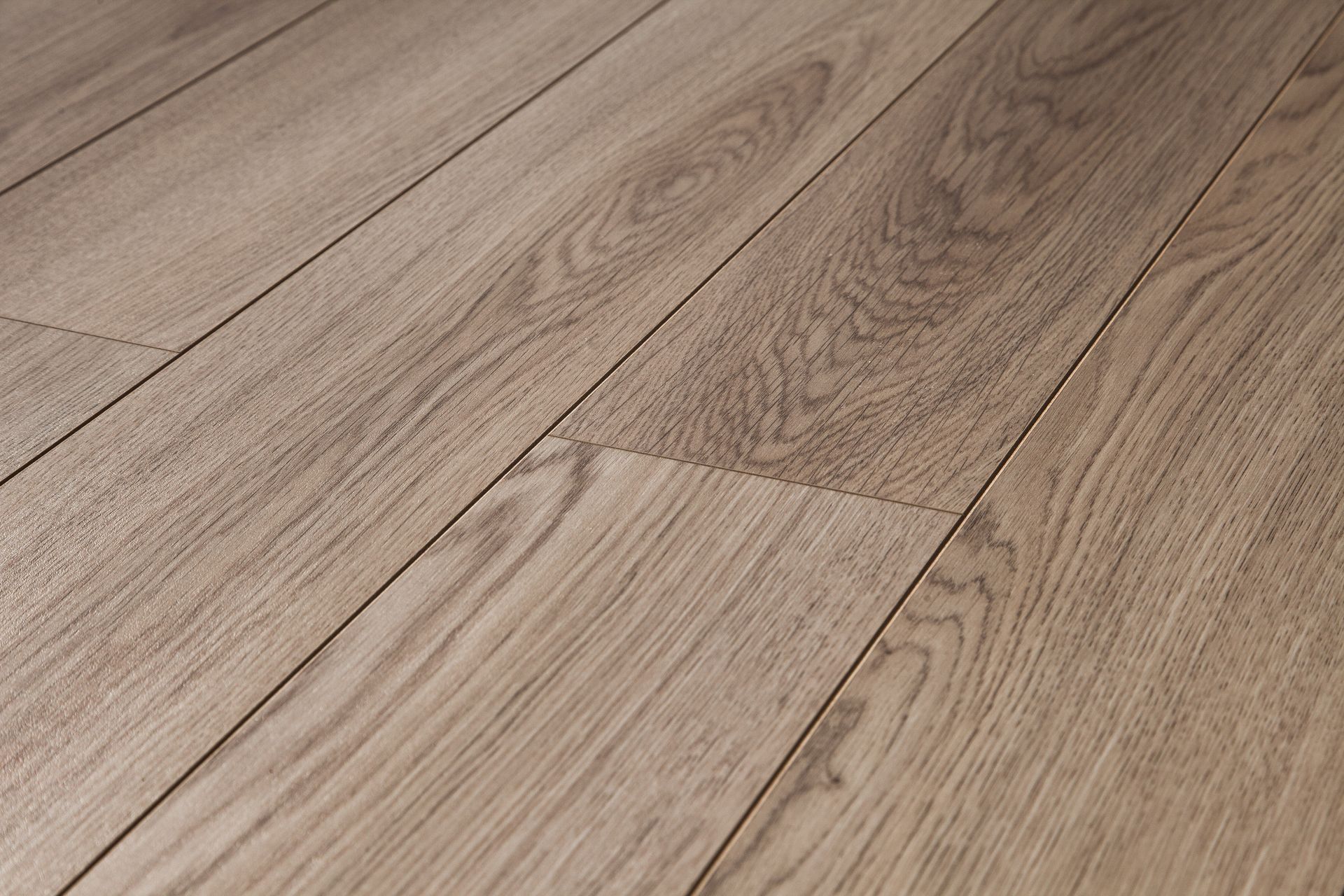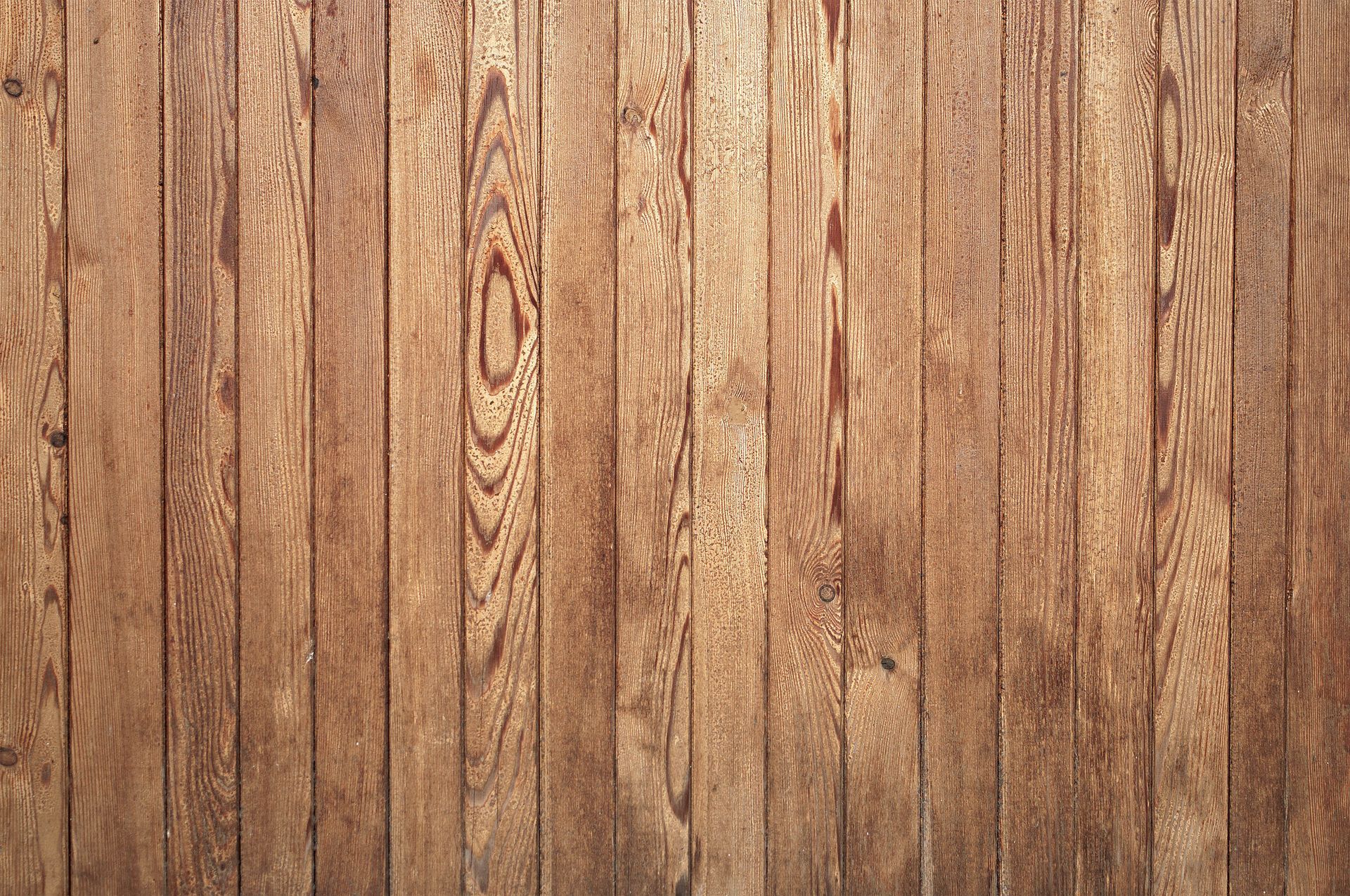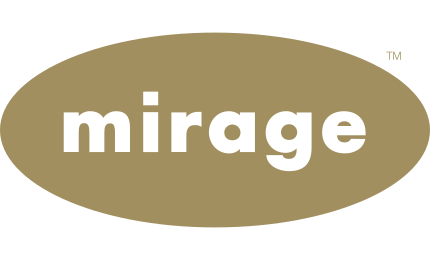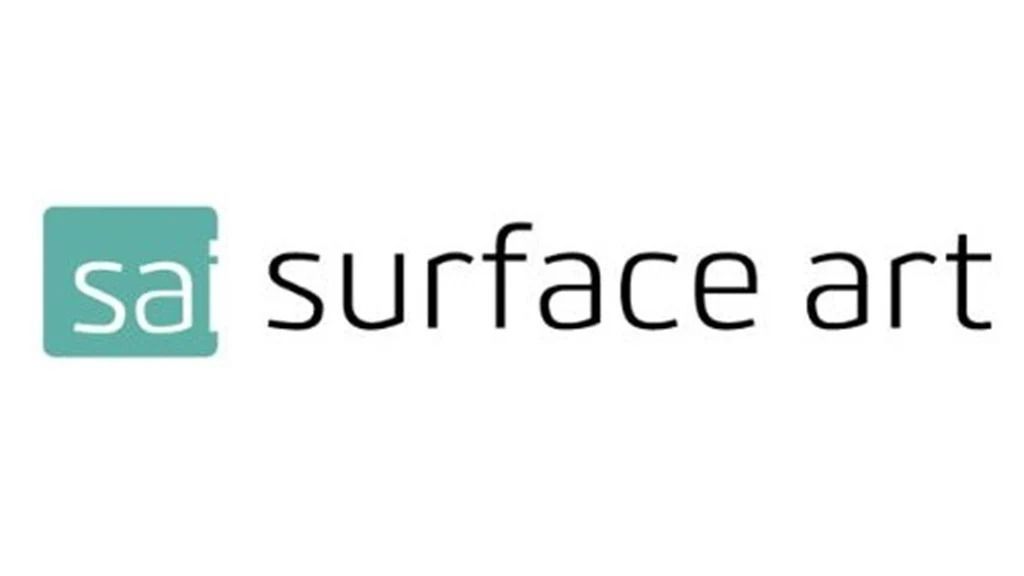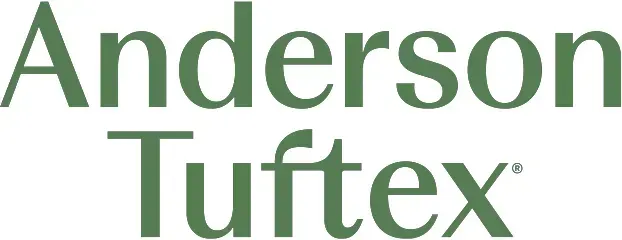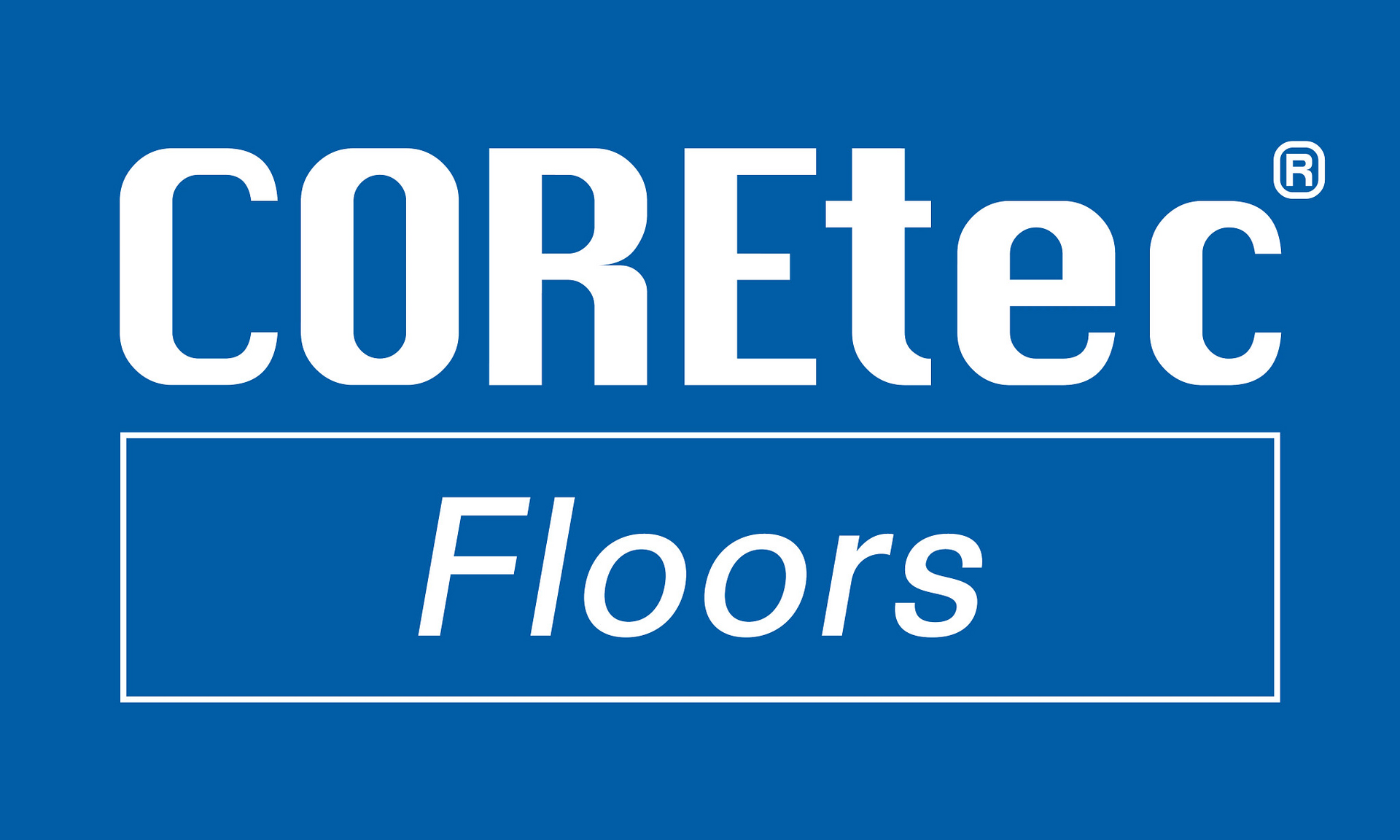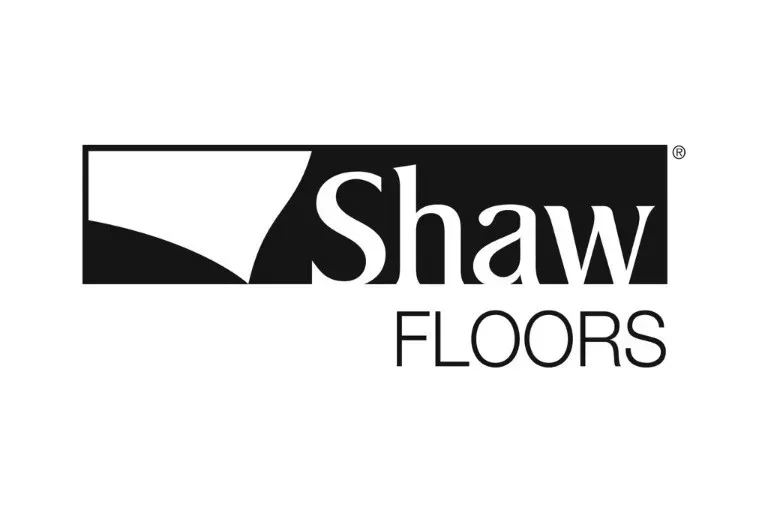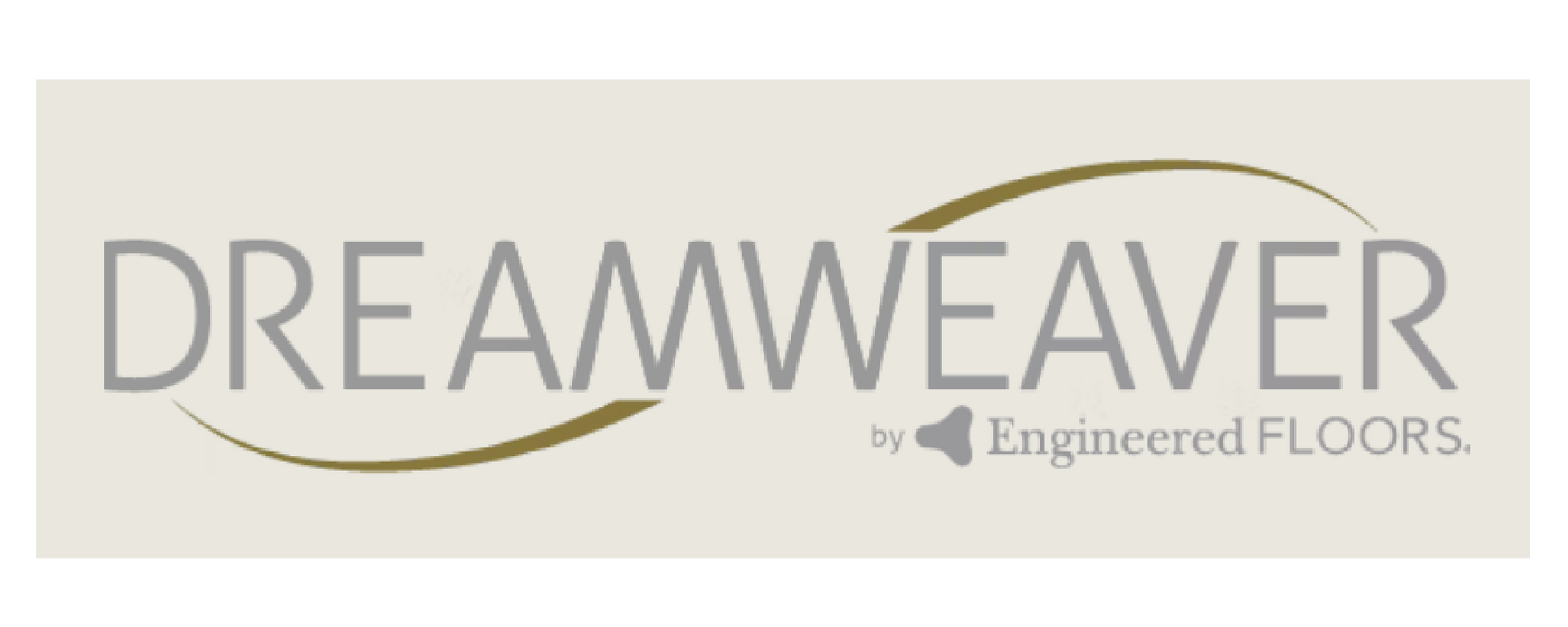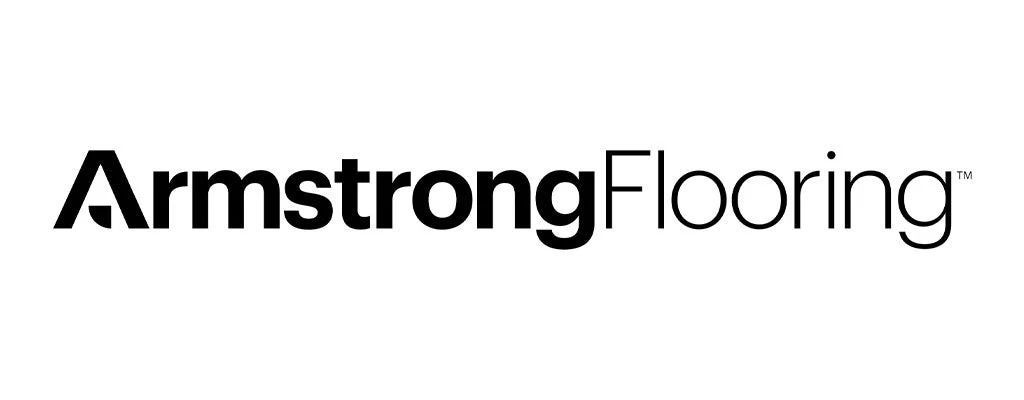Self Leveling, What is it, and Why is it Beneficial?
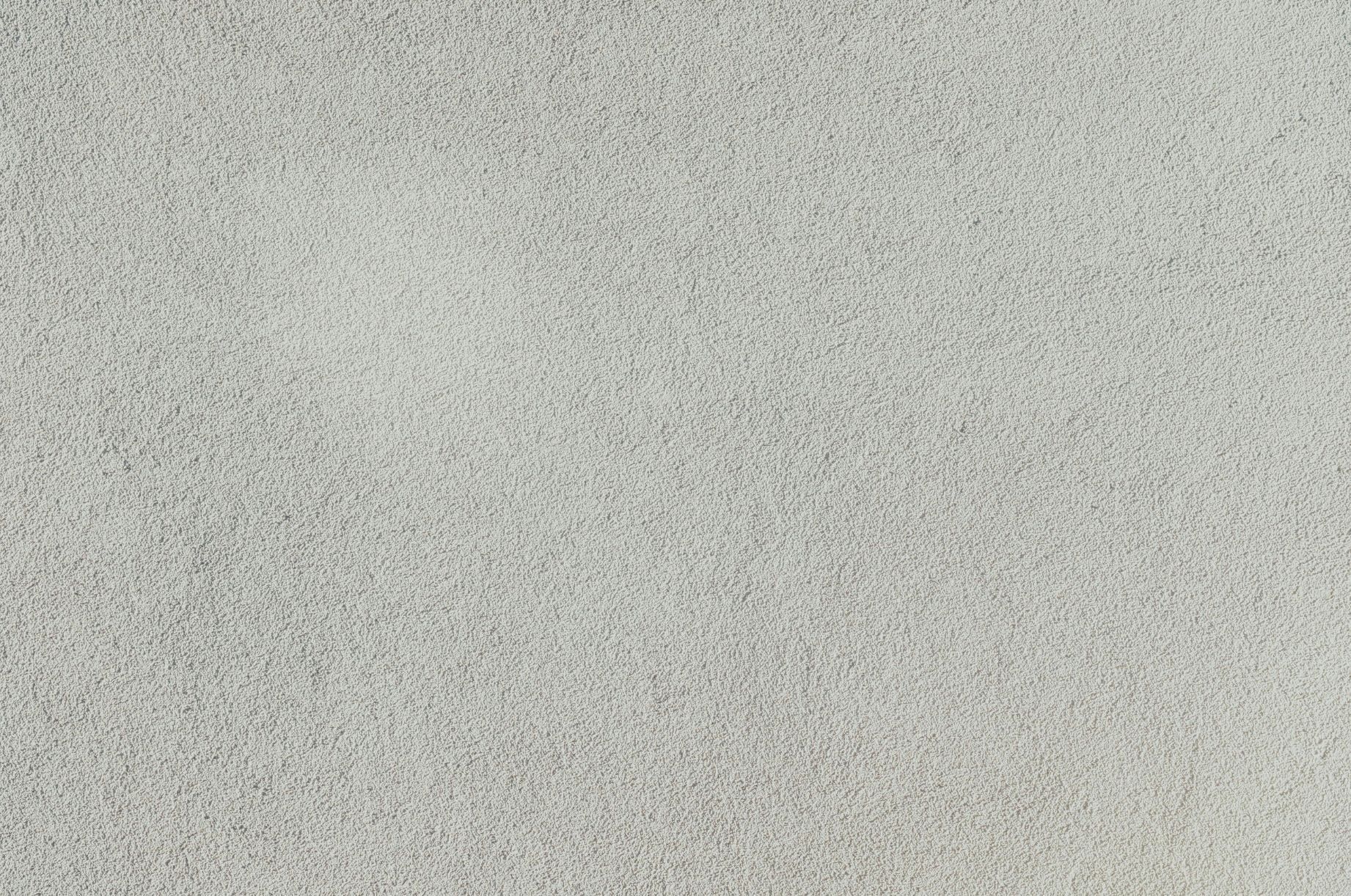
Self-leveling concrete is a type of concrete that can flow and spread out evenly under its own weight, creating a smooth and level surface without the need for extensive manual leveling. This makes it particularly useful for applications where a flat, even surface is essential, such as in flooring projects.
When pouring self-leveling concrete, the process typically begins with thorough preparation of the substrate. The surface must be clean, free of debris, oil, grease, or any other contaminants that could interfere with the bonding of the concrete. Any cracks or holes should be repaired, and a primer is often applied to ensure proper adhesion.
Once the substrate is prepared, the self-leveling concrete mix is prepared according to the manufacturer's instructions. This usually involves mixing the dry powder with water to achieve the correct consistency. It's crucial to follow the instructions precisely, as the correct water-to-powder ratio is essential for the concrete to flow and level properly.
After mixing, the self-leveling concrete is poured onto the substrate. Because of its fluid nature, it spreads out easily, filling in low spots and creating a level surface. To assist with the leveling process, a gauge rake or a similar tool can be used to help spread the concrete evenly. It's important to work quickly, as self-leveling concrete begins to set rapidly.
Once poured and spread, the concrete needs to be allowed to cure. The curing time can vary depending on the specific product and environmental conditions, but it's generally faster than traditional concrete. During this time, it's important to protect the surface from foot traffic, dust, and other contaminants.
In summary, self-leveling concrete offers a convenient and efficient way to create a smooth, level surface with minimal manual effort. Proper preparation, mixing, and application are key to achieving the best results. This type of concrete is especially useful in flooring projects where a flat, even surface is critical.
When pouring self-leveling concrete, the process typically begins with thorough preparation of the substrate. The surface must be clean, free of debris, oil, grease, or any other contaminants that could interfere with the bonding of the concrete. Any cracks or holes should be repaired, and a primer is often applied to ensure proper adhesion.
Once the substrate is prepared, the self-leveling concrete mix is prepared according to the manufacturer's instructions. This usually involves mixing the dry powder with water to achieve the correct consistency. It's crucial to follow the instructions precisely, as the correct water-to-powder ratio is essential for the concrete to flow and level properly.
After mixing, the self-leveling concrete is poured onto the substrate. Because of its fluid nature, it spreads out easily, filling in low spots and creating a level surface. To assist with the leveling process, a gauge rake or a similar tool can be used to help spread the concrete evenly. It's important to work quickly, as self-leveling concrete begins to set rapidly.
Once poured and spread, the concrete needs to be allowed to cure. The curing time can vary depending on the specific product and environmental conditions, but it's generally faster than traditional concrete. During this time, it's important to protect the surface from foot traffic, dust, and other contaminants.
In summary, self-leveling concrete offers a convenient and efficient way to create a smooth, level surface with minimal manual effort. Proper preparation, mixing, and application are key to achieving the best results. This type of concrete is especially useful in flooring projects where a flat, even surface is critical.


